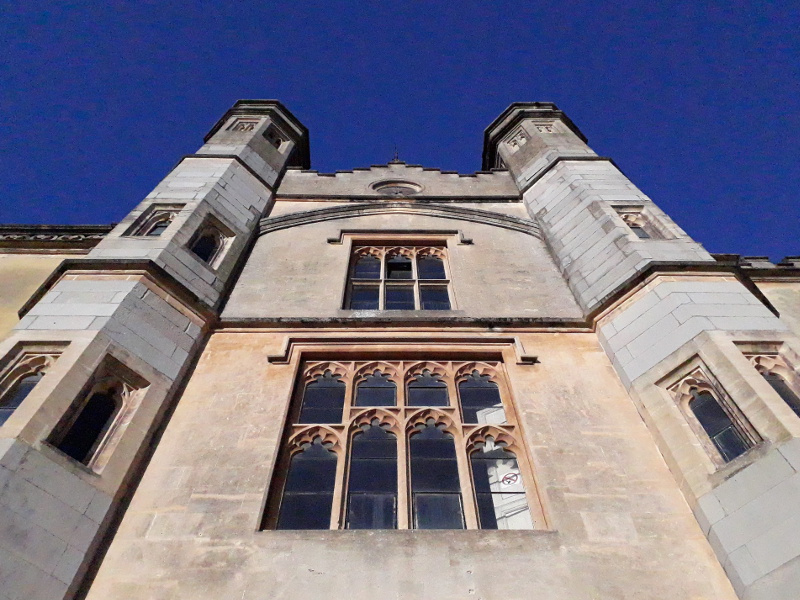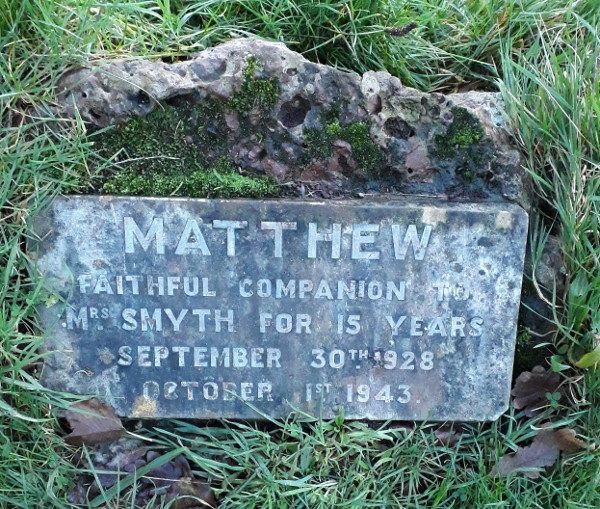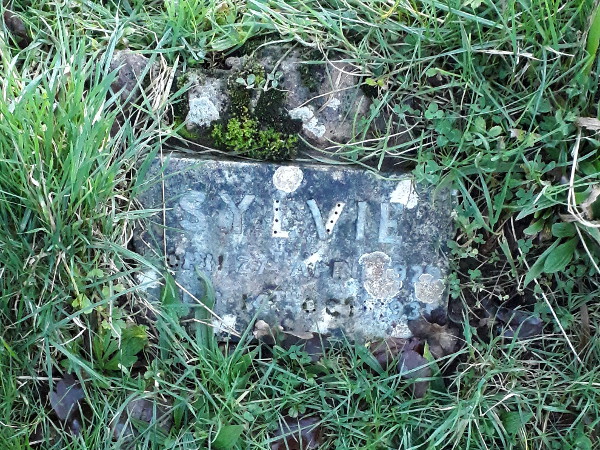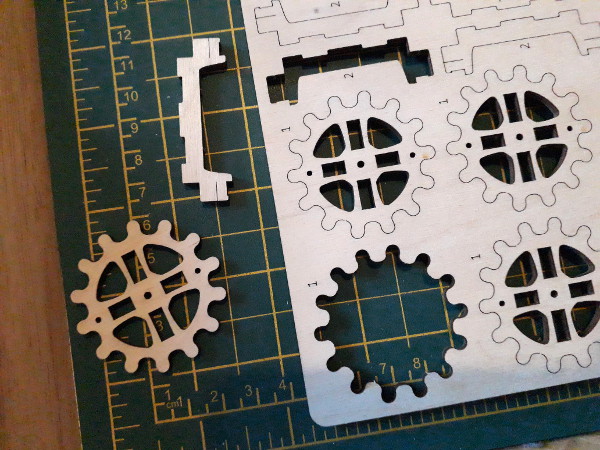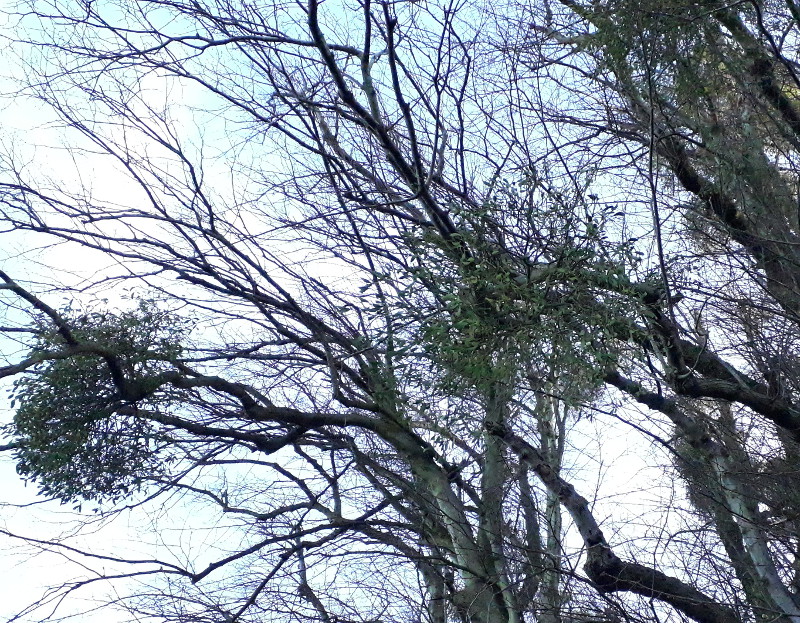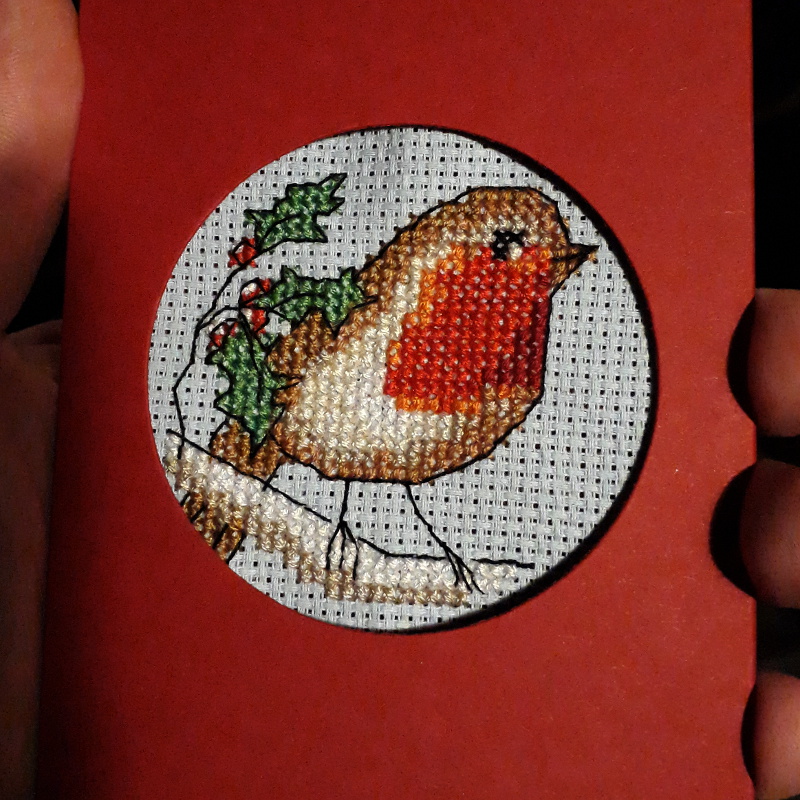Under clear skies
Or, some unexpected astronomy
“Is it cloudy or clear?” said The Child Who Likes Animals yesterday evening after finishing his tea.
“I don’t know,” I said, knowing the weather forecast was showing a solid grey sky for the whole of the evening. “Let’s have a look,” knowing there was little risk of us being able to look at the stars.
I opened the back door, and was rather surprised to see clear skies and good visibility. “LET’S GET THE TELESCOPE OUT!” screamed The Child Who Likes Animals Space. I had been planning to head straight to the sofa and the book I’m in the middle of reading,* but agreed that, if we could come up with a sensible plan for what we were actually going to look at, I would set it all up for him.
We fired up Stellarium and I tried to find things that would be interesting to see and straightforward to find. Outside, I had already seen the cross of Cygnus was fairly high in the sky, with Cassiopeia above it, so I make a risky suggestion. “Why don’t we try to see the Elephant’s Trunk Nebula?” I said, knowing that with our inner-city skies nebulas and other deep-sky objects do not put on a very good show. It does, though, have a very child-friendly name.
I set the telescope up on the table outside, and tried to get my eye in. It was immediately obvious that viewing conditions were on average far, far better than they had been on New Years Eve. The Elephant’s Trunk Nebula has the benefit that it’s close to an easy-to-find star, Alderamin (α Cephei). I quickly navigated ten degrees south to the location of the nebula, was confident I was there from the pattern of the stars. And was there anything? Well … maybe. Charitably, I could convince myself that the sky did indeed look slightly brighter than elsewhere in the sky; that I could see hints of structure that were not just inside my own eyeballs and brain. The Children, though, would have none of it.
Luckily, I’d noticed there was something interesting just by the nebula, and confirmed with the computer that I was looking at Herschel’s Garnet (μ Cephei). It’s a red supergiant star, a thousand times broader than our sun, and a distinctive pale peach colour to the eye—the astronomer William Herschel described it as “deep garnet”, hence the name. As its colour is so clear to see, The Children were reasonably impressed.
As it was so clear, we also pointed the telescope at the Pleiades, the view of which wowed The Child Who Likes Fairies (“There’s literally trillions of stars!”) then, the cluster NGC 7686 and the Andromeda Galaxy. The latter was, to my eyes, a slightly clearer fuzzy blob than it has been in the past, but still just a fuzzy blob. The Child Who Likes Animals said he could see it clearly; The Child Who Likes Fairies could not.
Thinking about what we should be able to see in the sky, I did a bit of maths. Say the pupil of one eye when it’s dilated is about 8mm wide—I’m just guessing this part really. We’re using a 150mm telescope: that’s 350 times as large as a pupil, so it gathers 350 times as much light. That’s a difference in astronomical magnitude of just under 6.4. Now, when I was aiming the telescope last night, once my eyes were adapted I could just about make out stars of magnitude 3.8 to 4.2; such as the stars λ Andromedae, κ Andromedae and ι Andromedae, which I used to find NGC 7686 and which I’ll have to write about again some other time.** I suspect that that’s as good as things are ever going to get in our hazy and light-polluted urban sky. But taking the telescope’s light-gathering power into account, if I’ve got the theory correct, I should be able to see things of magnitude 10 to 10.5 or so through it. Next time we have good seeing, I should test this out: look up at a few things and find out what the official magnitude of the stars I can just barely see is.
When I’ve done that, of course, I should probably think about getting some way to record what I can see, rather than just trying to describe it to you. The Child Who Likes Animals’s telescope is a Dobsonian with an altitude-azimuth mount, which means long-exposure photos are probably out, but I’d like to look at our options and see exactly what we could try to do instead.
* The Northmen’s Fury: A History of the Viking World by Philip Parker.
** Because in looking up their names for this post, I’ve discovered they form part of the former constellation named after Friedrich the Great of Prussia, Honores Friderici.

 Home
Home